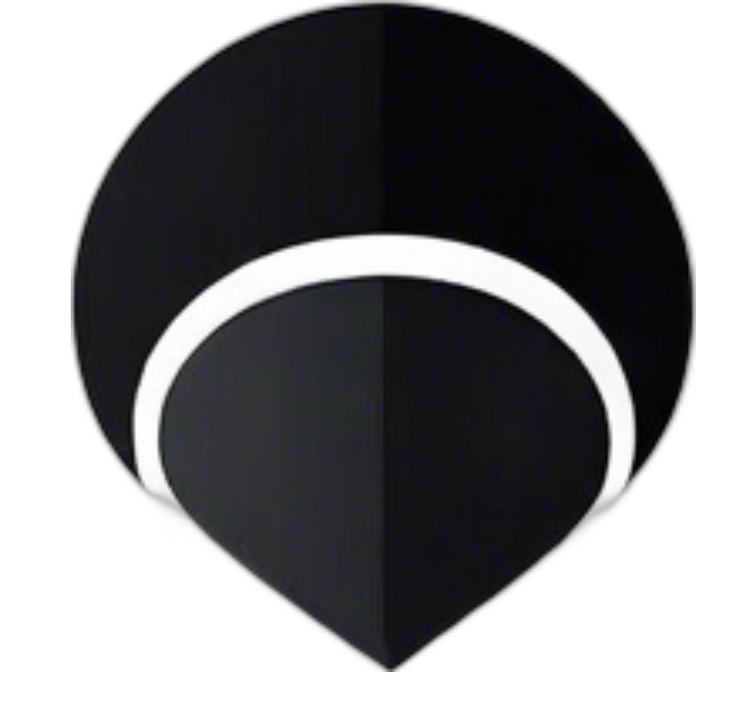
Part 7: The Anunnaki in Comparative Mythology – Parallels and Divergences
The Anunnaki, while unique to Mesopotamian mythology, share certain characteristics with deities and divine groups found in other ancient cultures. Comparing and contrasting these figures can illuminate both the common threads of human religious experience and the distinctive features of specific cultural traditions.
1. The Egyptian Pantheon:
Similarities:
Polytheism: Like the Mesopotamians, the ancient Egyptians had a complex pantheon of gods and goddesses, each with their own domains and responsibilities.
Creation Myths: Egyptian creation myths, like the Mesopotamian ones, involve a primordial state of chaos and the emergence of order through the actions of the gods.
Divine Hierarchy: The Egyptian pantheon had a hierarchical structure, with a supreme god (often Ra or Amun) at the top and other deities occupying various ranks.
Underworld: Both cultures had a well-developed concept of the underworld, ruled by a specific deity (Osiris in Egypt, Ereshkigal in Mesopotamia).
Differences:
Emphasis on the Afterlife: Egyptian religion placed a much greater emphasis on the afterlife and the journey of the soul after death than Mesopotamian religion.
Role of the Pharaoh: The Egyptian pharaoh was considered a divine being, a living god on Earth, a concept that was less prominent in Mesopotamia.
Animalistic Deities: Many Egyptian deities had animalistic features (e.g., Anubis with the head of a jackal, Horus with the head of a falcon), a characteristic that was less common among the Anunnaki.
2. The Greek Olympian Gods:
Similarities:
Anthropomorphism: The Greek Olympian gods, like the Anunnaki, were highly anthropomorphic, with human-like forms, emotions, and relationships.
Divine Council: The Olympians often met in a council to discuss matters of importance, similar to the assembly of the Anunnaki.
Storm God: Zeus, the king of the Greek gods, shares characteristics with Enlil, the Mesopotamian god of wind and storms. Both are powerful figures associated with thunder and lightning.
Underworld: Both Greek and Mesopotamian mythologies feature a distinct underworld, ruled by a specific deity (Hades in Greece, Ereshkigal in Mesopotamia).
Differences:
Focus on Heroic Myths: Greek mythology is particularly rich in stories of heroes and their interactions with the gods, a genre that is less prominent in Mesopotamian literature.
Philosophical Exploration: Greek thought, particularly from the 6th century BCE onward, saw the development of philosophical inquiry into the nature of the gods and the cosmos, a trend that was less pronounced in Mesopotamia.
Less Emphasis on Creation: While Greek mythology has creation accounts (e.g., Hesiod’s Theogony), they are not as central to the overall mythology as the Mesopotamian creation myths.
3. The Canaanite/Ugaritic Pantheon:
Similarities:
Geographical Proximity: The Canaanite and Ugaritic cultures were geographically close to Mesopotamia and shared many cultural and linguistic connections.
El and the Divine Assembly: El, the head of the Ugaritic pantheon, has parallels with Anu, the Mesopotamian sky god. Both preside over a divine assembly.
Baal and Enlil: Baal, the Ugaritic storm god, shares similarities with Enlil, particularly in their roles as powerful warriors and bringers of rain.
Mot and Ereshkigal: Mot, the Ugaritic god of death and the underworld, has parallels with Ereshkigal, the Mesopotamian queen of the underworld.
Differences:
Baal’s Centrality: Baal plays a more central and dynamic role in Ugaritic mythology than Enlil does in Mesopotamian mythology. Baal’s battles and eventual triumph over death are key themes.
Less Emphasis on Creation: While Ugaritic texts mention creation, it is not as prominent a theme as in Mesopotamian mythology.
4. The Hittite “Former Gods”:
Similarities:
The Hittites directly borrowed and adapted elements from Mesopotamian culture.Underworld Association: The Hittite “former gods” are strongly associated with the underworld, similar to the later portrayal of the Anunnaki.
Deposed Deities: The “former gods” are often depicted as deities who were overthrown and banished to the underworld, a theme that resonates with some interpretations of the Anunnaki’s role.
Differences:
Limited Information: Our knowledge of Hittite mythology is less complete than our knowledge of Mesopotamian mythology, making detailed comparisons challenging.
Integration with Hurrian Deities: Hittite mythology also incorporated elements from Hurrian mythology, creating a unique blend of influences.
5. General Observations and Comparisons:
Common Themes: Across these different cultures, we see recurring themes: polytheism, anthropomorphic deities, divine hierarchies, creation myths, storm gods, underworld realms, and the importance of ritual and sacrifice.
Cultural Diffusion: The similarities between these pantheons suggest a degree of cultural diffusion and exchange of ideas across the ancient Near East and the Mediterranean world.
Unique Adaptations: Each culture adapted and reinterpreted these common themes to fit their own specific contexts, creating distinctive religious and mythological traditions.
The Human Condition: These different pantheons, despite their variations, all reflect fundamental human concerns about the nature of the cosmos, the role of the divine, the origins of humanity, and the inevitability of death.
Conclusion of Part 7:
Comparing the Anunnaki with deities and divine groups in other ancient cultures highlights both the common threads of human religious experience and the unique expressions of specific cultural traditions. The Anunnaki, while distinctive to Mesopotamia, fit within a broader pattern of ancient Near Eastern and Mediterranean polytheistic belief systems. This comparative approach enriches our understanding of the Anunnaki and the broader world of ancient mythology. It shows us both the universal aspects of human storytelling and spiritual seeking, and the rich diversity of ways in which those aspects have been expressed.
